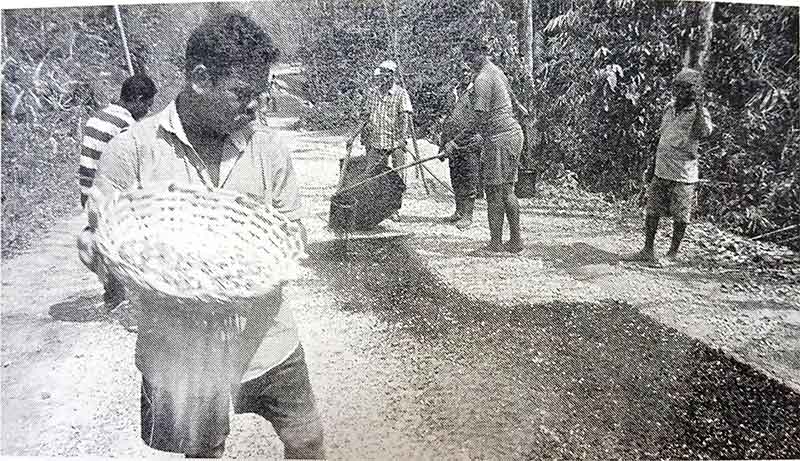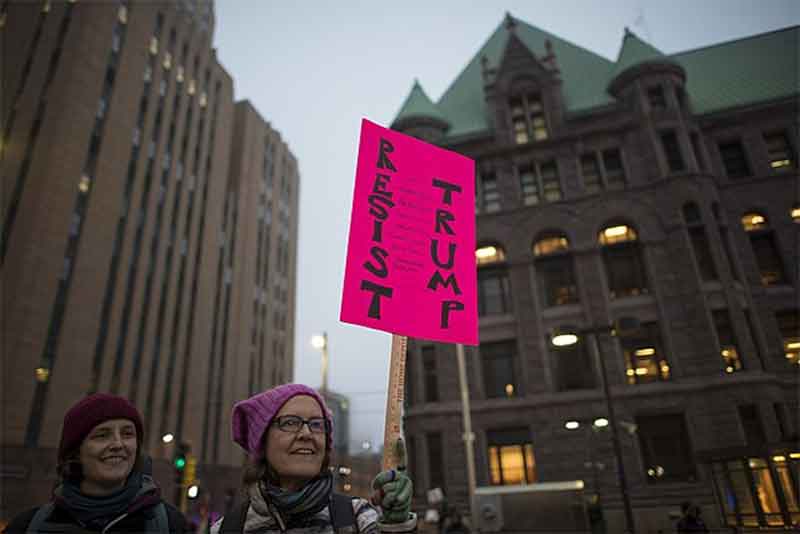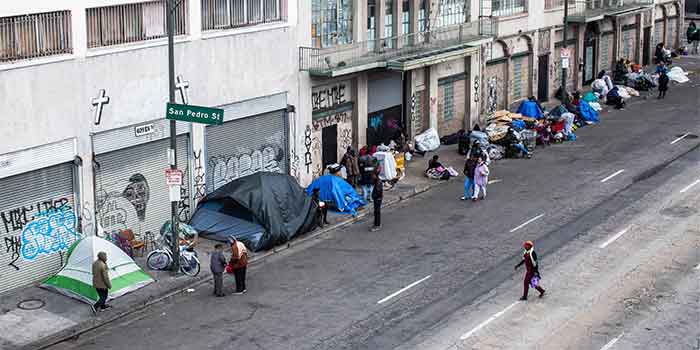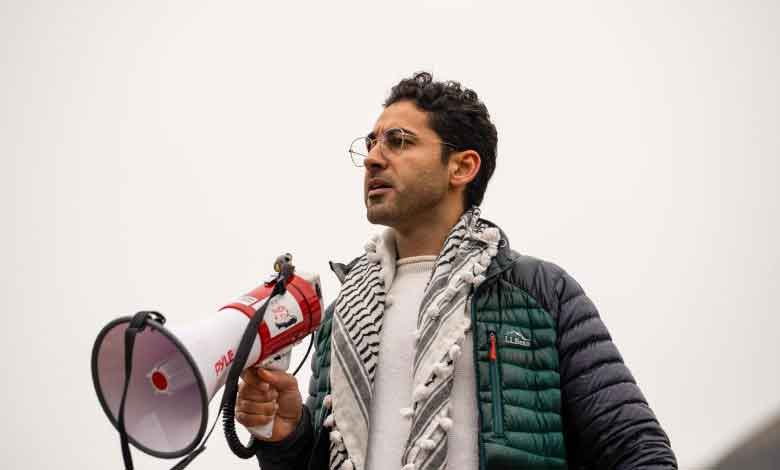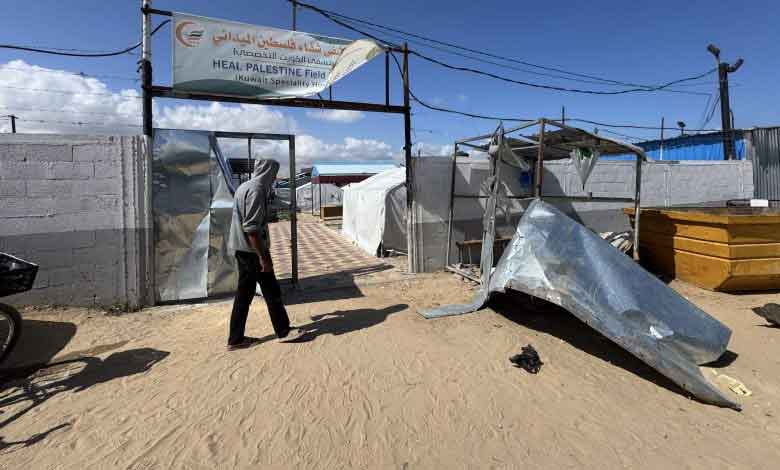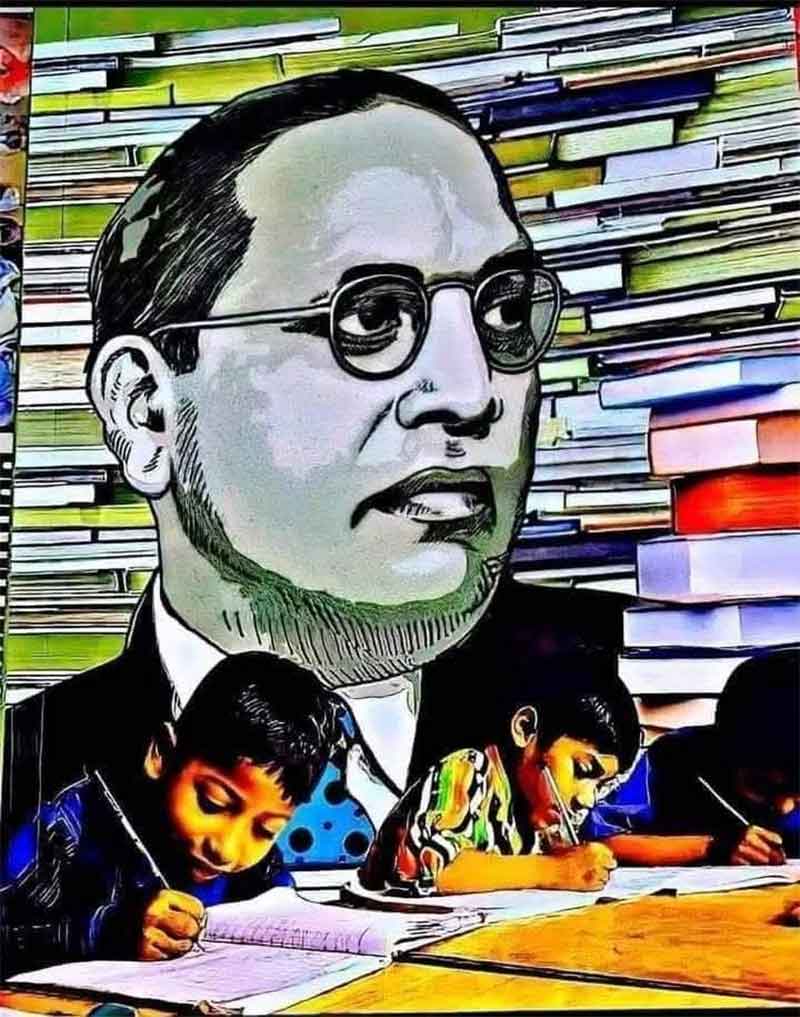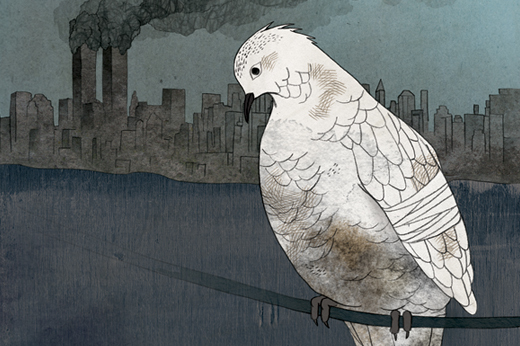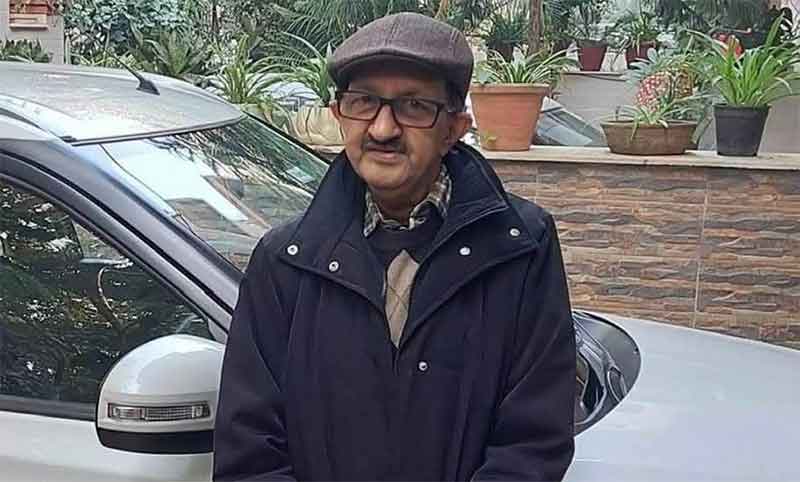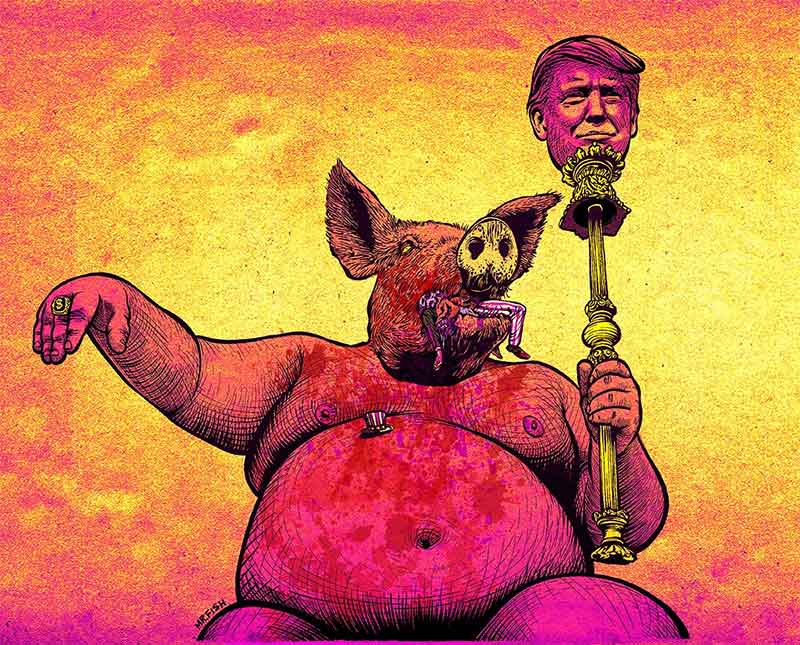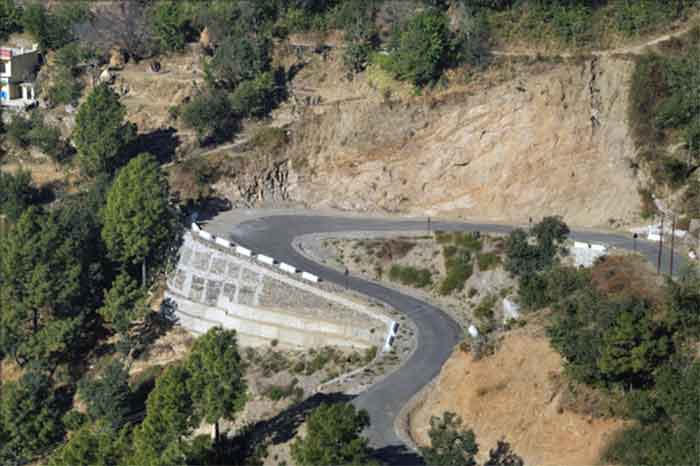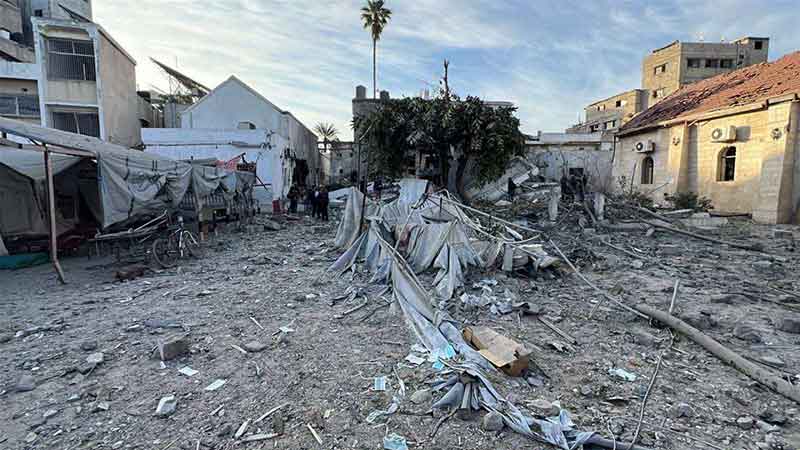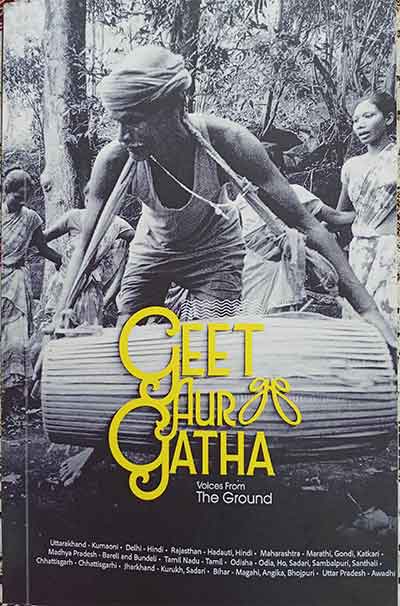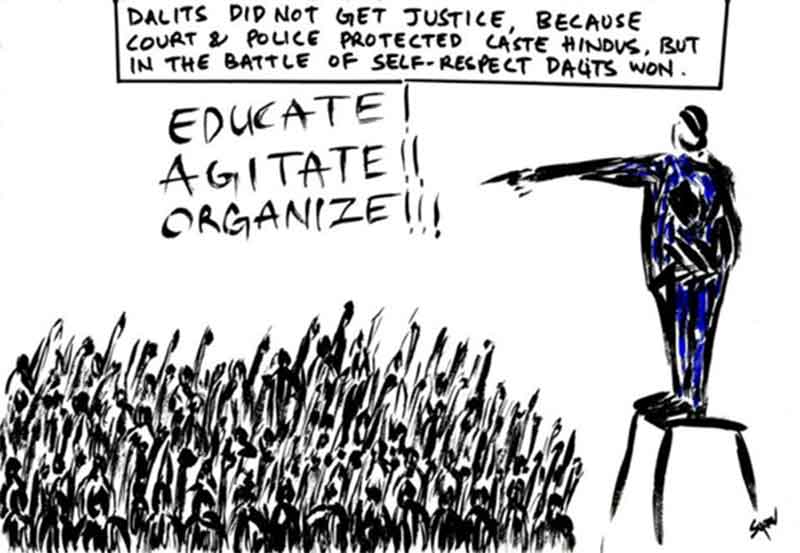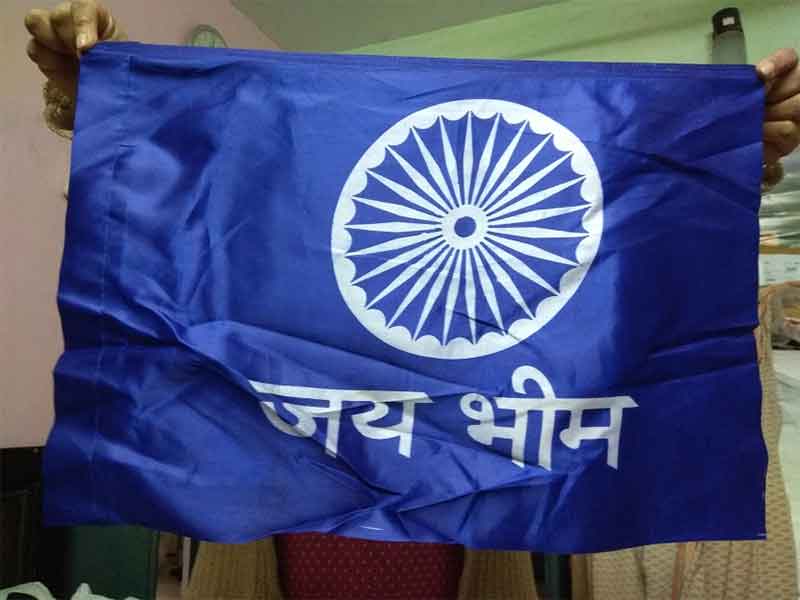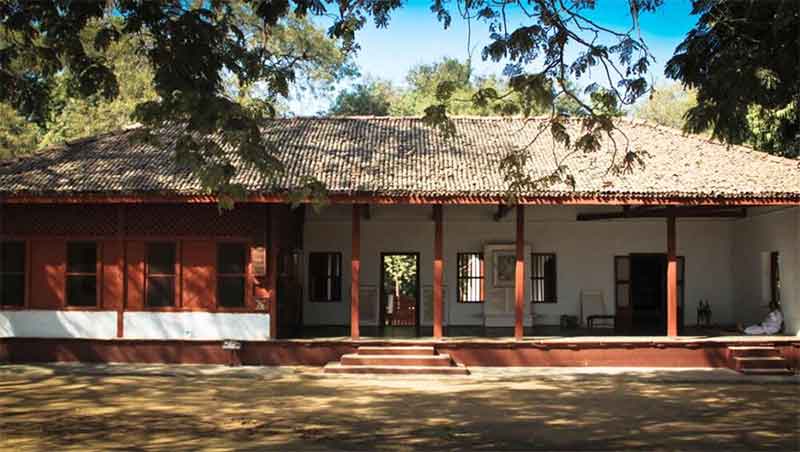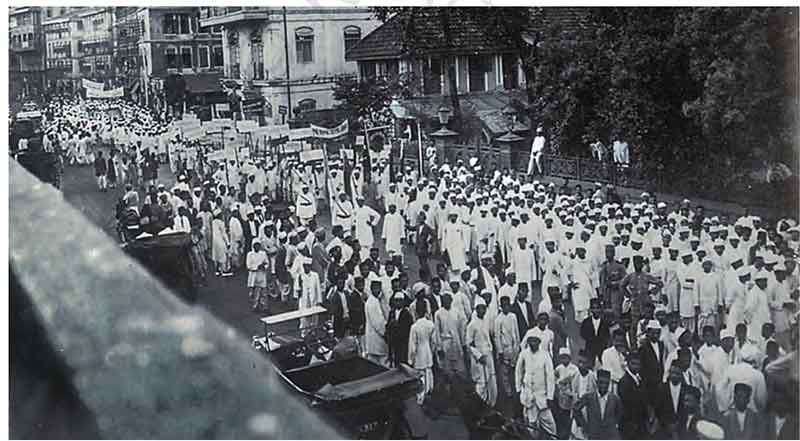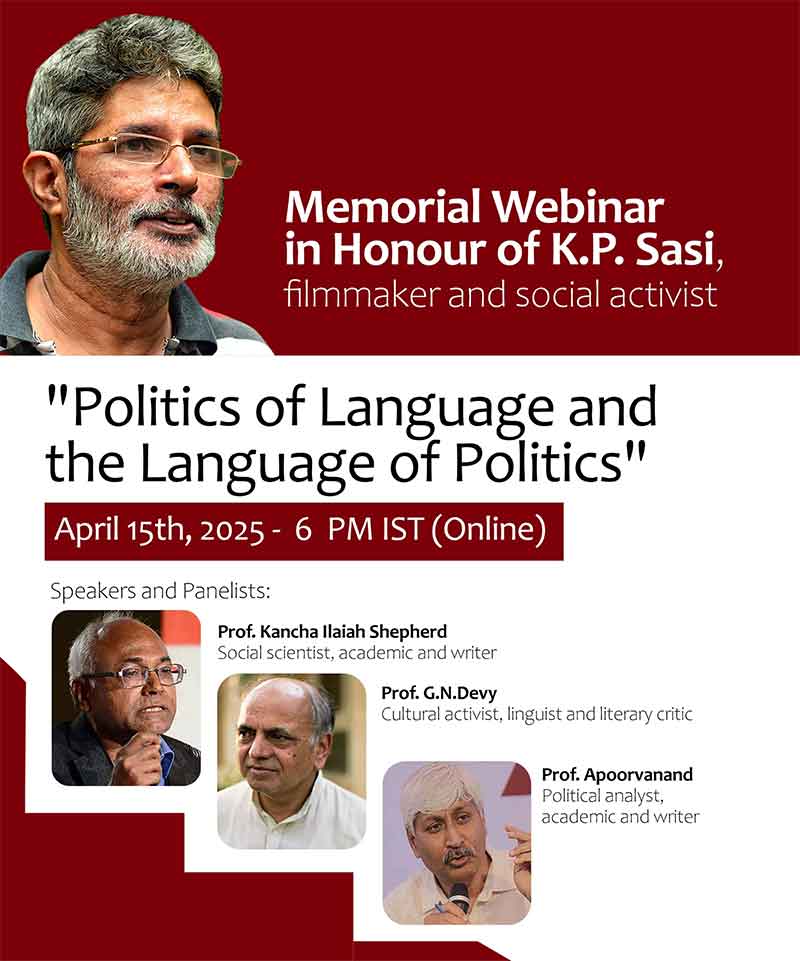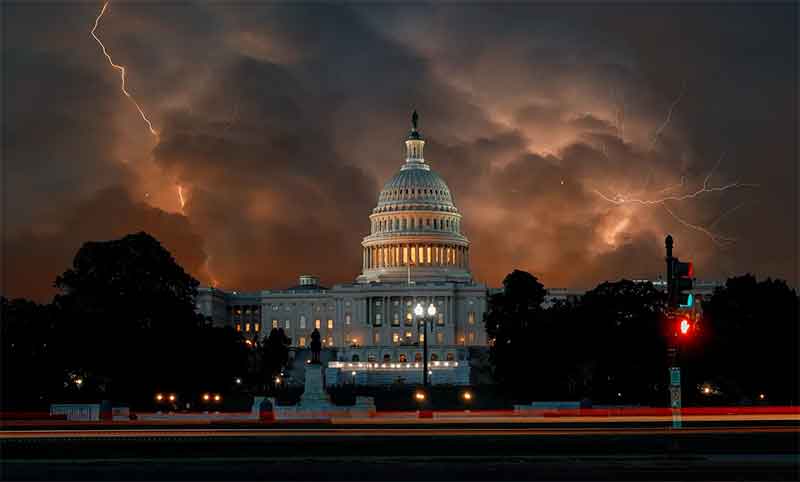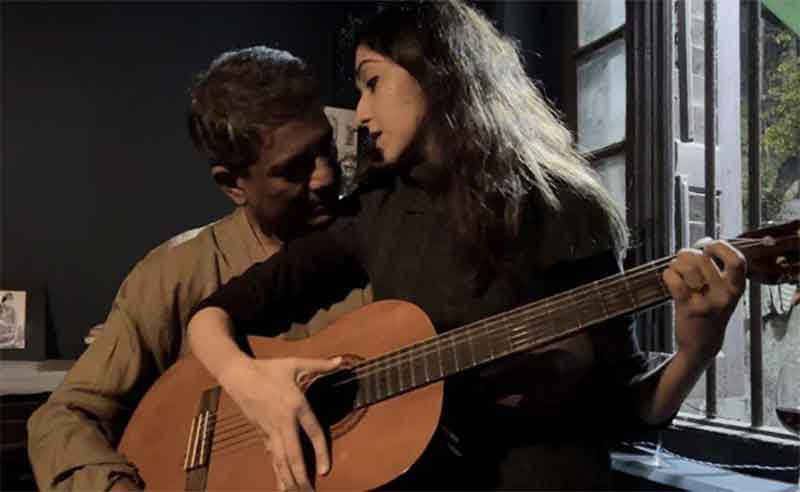
Thanks, Rinki Roy Bhattacharya. It was such a rare cinematic experience, the film “A Knock on the Door”, directed by Ranjan Palit, shown last evening. As the title suggests, it is about what may be called State Terror in these troubled times. It was shown by the Bimal Roy Memorial, formed in memory of her father, the famous director.
As Naseeruddin Shah said after viewing the film it is not likely to get a censorship certificate soon and there can be no public screenings. Naseer, Ratna Pathak Shah and their son Imdaad have played a role in the film and Naseer said he was proud he could do the role. Most of the movie is set indoors, Palit’s two storeyed home in South Kolkata and in cramped spaces, creating the needed claustrophia effect. The cast includes Aadil Husain, Amrita Chattopadhya, in the main roles, Nandita Das, Anupriya Goenka, Joseph D’ Cruz and Shivendra Singh Dungarpur, apart from the Shahs.
The film centres on a late-night raid on the home of Professor Hari Chowdhury (Adil Hussain) and his one-time student and now wife Ramona Bose (Amrita Chattopadhyay), also a college lecturer. The principal target of the invasion is the former because of his political and social beliefs. The film is an absolute triumph as critic Saibal Chatterji has pointed out.
Reminded me of what Aspi Chinoy, noted lawyer, said last week at the release of a book The Feared, conversations with 11 political prisoners written by Neeta Kolhatkar, senior journalist, Such raids could be a part of the life of many activists, he said, painting a rather dark picture.
The film also reminded me of the remarkable Marathi play on the persecution of a university professor of left leanings written by G.P. Deshpande, then a young teacher of Chinese Studies in JNU in 1974. Interestingly, Naseer had played a major role in the Hindi version presented as Prithvi theatre’s inaugural show. The original was called Uddhasta Dharmashala with major roles played by Dr Shriram Lagoo and his wife Deepa in the play as well as in real life.
It had then reminded one of the House un-American activities inquisition launched in the U.S. against many including prominent film stars, writers, suspected Communists.
We now live in an era more threatening to the progressive intellectual.
Palit’s film shows how State terror can cripple an individual physically and mentally in confinement, in being chased, watched, being made paranoid.
The film also reminded me of the 1966 film A Suitable Case for Treatment shown in Max Mueller Bhuvan in the late sixties portraying a young man who rebels against a consumer culture and is seen as a mad man in need of psychiatric treatment.
In Palit’s film the State administration denies that any raid has taken on his house and he is told he is insane, imagining things, his wife also suffers similar trauma. In confinement he is indeed completely disoriented, broken.
The raid takes place on their wedding anniversary, it is interesting that he , not his wife, is shown cooking the main dish, to show that he is really a liberal.
Any sane rebel is now likely to be seen as insane and the injustice in the system can drive a sane man into insanity as shown brilliantly in the last scene in Jabbar Patel’s acclaimed marathi film Simhasan based on two novels of Arun Sadhu.There is a difference between the main characters of Palit’s film and G.P. Deshpande’s play. In the play the main character is from the middle class who has switched to Marxism, he has not forgotten his roots, he retains the influence of Sanskrit texts he read as a young man. Palit’s protagonist belongs to an upper class type who celebrates with wine and plays on the guitar and is familiar with Western music. Such a left wing class is almost non existent in Maharashtra.
Deshpande’s protagonist is also rooted in social and political history, references to the Paris commune and Telangana armed struggle easily flow from him. Palit’s film of course belongs to a different genre , one just thought of putting it in perspective.
Vidyadhar Date is a senior journalist, culture critic, author of a book on public transport



